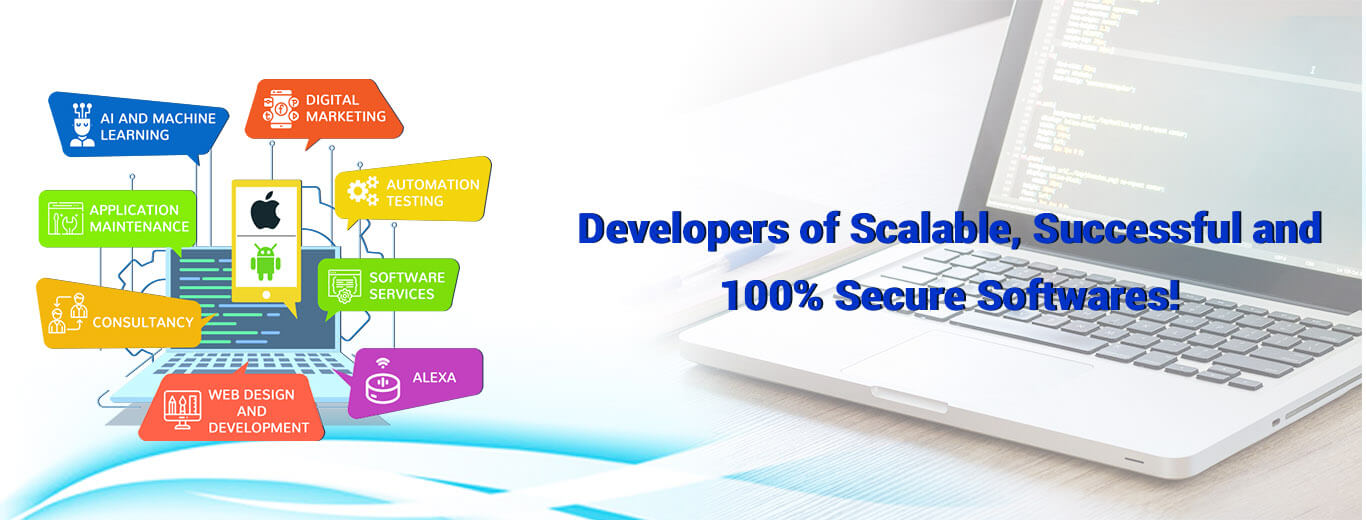In the era of digital acceleration, businesses are rapidly shifting toward models that offer scalability, cost-efficiency, and developer agility. One emerging breakthrough is serverless computing, a modern cloud-native model that redefines the way applications are developed and executed by removing the need to manage underlying infrastructure. Unlike traditional cloud services where you manage servers, serverless architecture offloads all infrastructure responsibilities to the cloud provider—letting you concentrate purely on writing and deploying code.
But what makes serverless computing stand out? Could serverless computing be the next major evolution in cloud technology?
What Is Serverless Computing?
Serverless computing is a cloud-based model that allows developers to write and deploy code in the form of lightweight functions, without the need to configure, manage, or maintain any server infrastructure. Instead of deploying to virtual machines or containers, you upload your code, and the cloud provider runs it in response to specific events, such as API calls, database updates, or file uploads.
The term “serverless” is a bit misleading—servers are still involved, but developers never have to interact with them. With platforms like AWS Lambda, Google Cloud Functions, and Azure Functions, the underlying infrastructure is completely handled by the provider, allowing developers to focus solely on code. Billing is based strictly on execution time—down to the millisecond—making it an exceptionally efficient approach for cloud-native development
Top Serverless Platforms You Should Know
AWS Lambda
AWS Lambda by Amazon Web Services is one of the most mature and widely used serverless platforms. It supports various languages including Node.js, Python, Java, Go, and C#. Developers can easily trigger functions using events from Amazon S3, API Gateway, DynamoDB, and more.
Key highlights:
*Auto-scaling based on request volume
*Event-driven architecture
*Native integration with the AWS ecosystem
*Billed per request and execution duration
Google Cloud Functions
Built for speed and ease of use, Google Cloud Functions allows developers to deploy event-driven code that seamlessly reacts to triggers from services such as Firebase, Cloud Storage, and Pub/Sub. It’s ideal for lightweight backend tasks, such as sending notifications or transforming data.
Why it stands out:
*Seamless integration with Google Cloud
*Fast deployment and easy management
*Built-in observability via Cloud Logging and Monitoring
*Supports multiple runtime environments
Azure Functions
Microsoft’s Azure Functions platform is particularly well-suited for enterprise-grade, distributed systems. It works beautifully with other Azure services like Event Grid, Cosmos DB, and Azure Logic Apps, enabling the creation of complex workflows with minimal effort.
Core features:
*Supports triggers like HTTP, timers, queues, and more
*Durable Functions for long-running processes
*Tight CI/CD pipeline integration
*Choice of languages including C#, JavaScript, Python, and Java
Advantages of Going Serverless
Cost-Effectiveness
With pay-as-you-go pricing, you’re only billed for the resources your code actually consumes—no idle server costs, no overprovisioning.
Elastic Scalability
Applications scale automatically based on traffic volume—perfect for variable workloads and unpredictable spikes.
Accelerated Development
Since infrastructure concerns are abstracted away, teams can build and iterate faster, reducing time-to-market.
Simplified Operations
No patching, no server maintenance, and no configuration headaches—just code and deploy.
Built-In Resilience
Leading cloud providers ensure high availability, fault tolerance, and global distribution out-of-the-box.
Drawbacks of Serverless Applications
Cold Start Delays
When a function hasn’t been used for a while, the initial invocation may have latency due to container startup—an issue known as the “cold start.”
Execution Time Limits
Platforms often restrict how long a function can run (e.g., AWS Lambda has a 15-minute cap), which may not suit long-running processes.
Monitoring Challenges
Debugging and tracing issues in an event-driven architecture can be tricky due to its distributed nature.
Vendor Lock-In
Deep integration with a single provider’s services might make future migration expensive or complex.
Limited Resources
Memory, storage, and execution time are all capped, making serverless computing unsuitable for some high-performance applications.
Is Serverless Computing the Future of Cloud?
With the rise of microservices, containerization, and event-driven design, the adoption of serverless technology continues to surge across industries. Its ability to support rapid development, optimize costs, and eliminate infrastructure management makes it a compelling choice for startups and enterprises alike.
However, serverless is not a silver bullet. It works best for certain use cases—such as real-time file processing, lightweight APIs, scheduled jobs, and backend automation. For heavy, persistent workloads or systems requiring fine-grained control over infrastructure, traditional or containerized architectures may still be more appropriate.
Final Take from iT Gurus Software
At iT Gurus Software, we are at the forefront of modern cloud solutions, leveraging the best of serverless computing, cloud-native architecture, and DevOps practices to build resilient, scalable, and cost-effective applications. Whether you’re launching a new product, modernizing legacy systems, or exploring AI-driven innovations, our cloud engineers can help you harness the full power of serverless platforms like AWS Lambda, Google Cloud Functions, and Azure Functions.
The future of cloud isn’t just about where you deploy—it’s about how smartly you do it. And serverless might just be the smartest move you can make today.


Leave a Reply